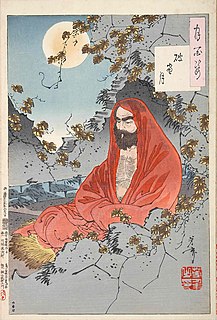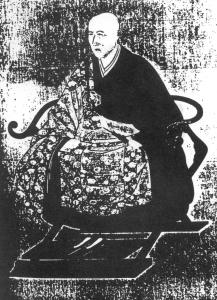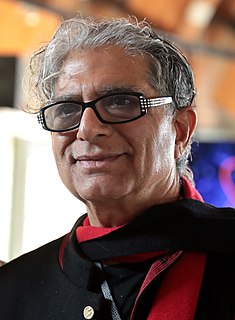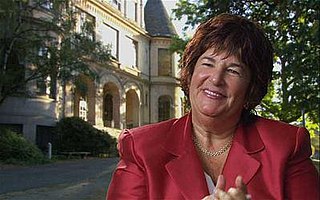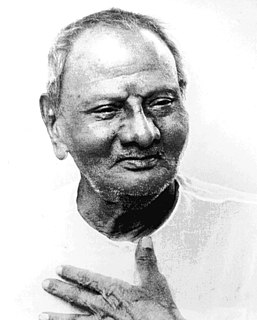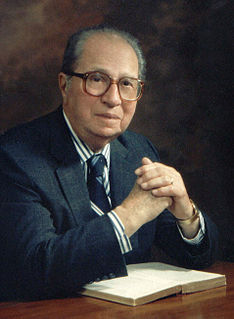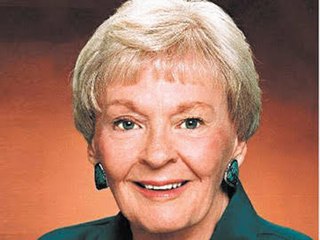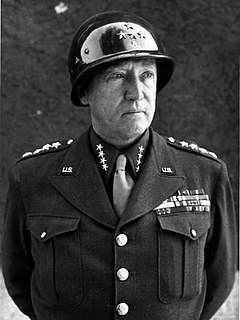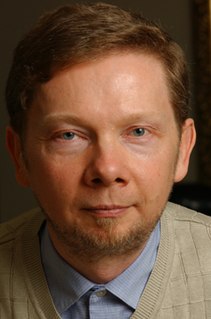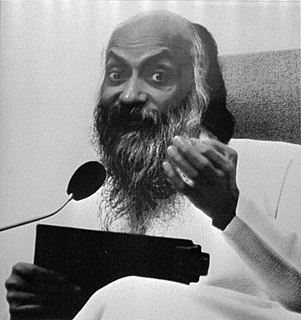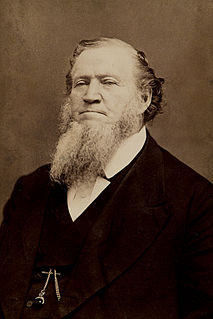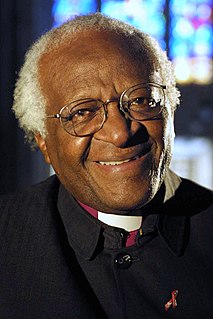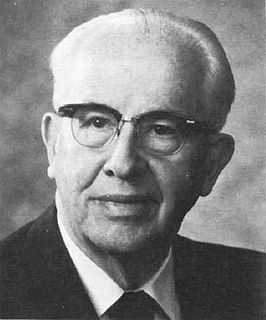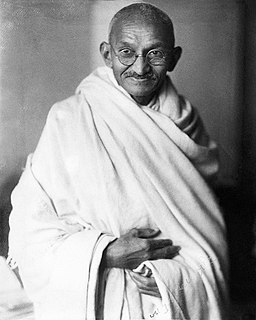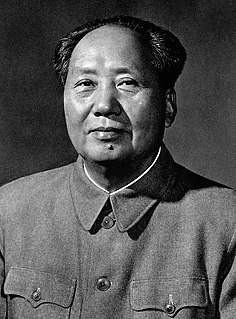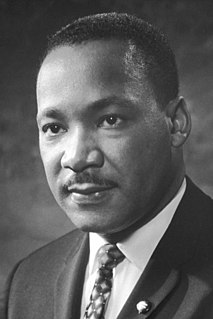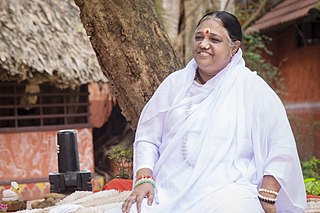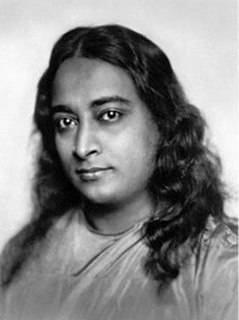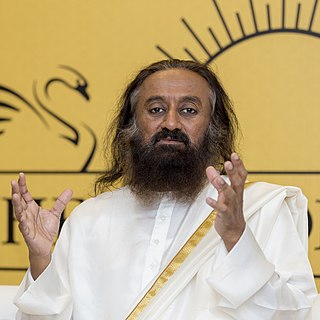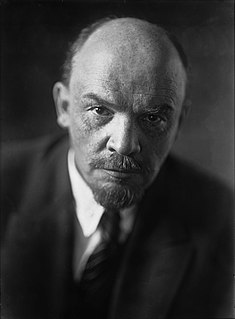A Quote by Bodhidharma
But this mind isn't somewhere outside the material body of the four elements. Without this mind we can't move. The body has no awareness. Like a plant or a stone, the body has no nature. So how does it move? It's the mind that moves.
Related Quotes
While the body is young and fine, the soul blunders, but as the body grows old it attains its highest power. Again, every good soul uses mind; but no body can produce mind: for how should that which is without mind produce mind? Again, while the soul uses the body as an instrument, it is not in it; just as the engineer is not in his engines (although many engines move without being touched by any one).
The mind commands the body and is instantly obeyed. The mind commands itself and meets resistance. The mind commands the hand to move, and it so easy that one hardly distinguishes the order from its execution. Yet mind is mind and hand is body. The mind orders the mind to will. The recipient of the order is itself, yet it does not perform it.
By means of personal experimentation and observation, we can discover certain simple and universal truths. The mind moves the body, and the body follows the mind. Logically then, negative thought patterns harm not only the mind but also the body. What we actually do builds up to affect the subconscious mind and in turn affects the conscious mind and all reactions.
When a person does not think, "Where shall I put it?" the mind will extend throughout the entire body and move to any place at all. . . . The effort not to stop the mind in just one place - this is discipline. Not stopping the mind is object and essence. Put it nowhere and it will be everywhere. Even in moving the mind outside the body, if it is sent in one direction, it will be lacking in nine others. If the mind is not restricted to just one direction, it will be in all ten.
Nakamura Tempu Sensei viewed the mind as a segment of the body that could not be seen and the body as the element of the mind that was observable. He also likened the mind and body to a stream, with the mind as the source flowing down to the body. Whatever we drop in the stream will be carried down by the current. In like manner, our thoughts will influence the body and our well being.
There is a strange fact about the human mind, a fact that differentiates the mind sharply from the body. The body is limited in ways that the mind is not. One sign of this is that the body does not continue indefinitely to grow in strength and develop in skill and grace. By the time most people are thirty years old, their bodies are as good as they will ever be; in fact, many persons' bodies have begun to deteriorate by that time. But there is no limit to the amount of growth and development that the mind can sustain. The mind does not stop growing at any particular age.
With us the inner nature accords with the outer expectation. The body follows the mind, and the mind seeks the soul, which it strives toward but has not yet won. With you it is otherwise. The mind follows the body in pursuit of the soul you have been told you already have. Because you cannot find it, you assume you have lost it somewhere in your past, and this keeps you from achieving it in your future.
Using the combined, integrated force of the mind and body is more efficient than using one without the other. Since the body can only exist in the present, that's where the mind should be too (unless we deliberately choose to contemplate the past or future). At the same time, the body needs to be healthy and in optimum operating condition so that it can respond effectively to the mind's directives.
Now if you are going to win any battle you have to do one thing. You have to make the mind run the body. Never let the body tell the mind what to do. The body will always give up. It is always tired morning, noon, and night. But the body is never tired if the mind is not tired. When you were younger the mind could make you dance all night, and the body was never tired... You've always got to make the mind take over and keep going.
Samadhi means when sushupti, dreamless sleep, becomes alert, awake. When you are asleep as far as the body is concerned, you are asleep as far as the mind is concerned, because there is no disturbance of any dream, there is no tension in the body - but beyond the mind, the no-mind is fully alert. He knows that the mind is without any dreams, he sees it, it is without any dreams, he sees it the body is absolutely relaxed. And this seeing, this alertness, continues twenty-four hours. Then sushupti becomes samadhi.
